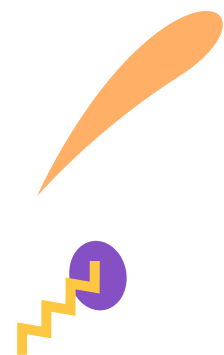

Learn what’s taught in Year 6 maths across the subjects of number, algebra, ratio, geometry, measure, and statistics.
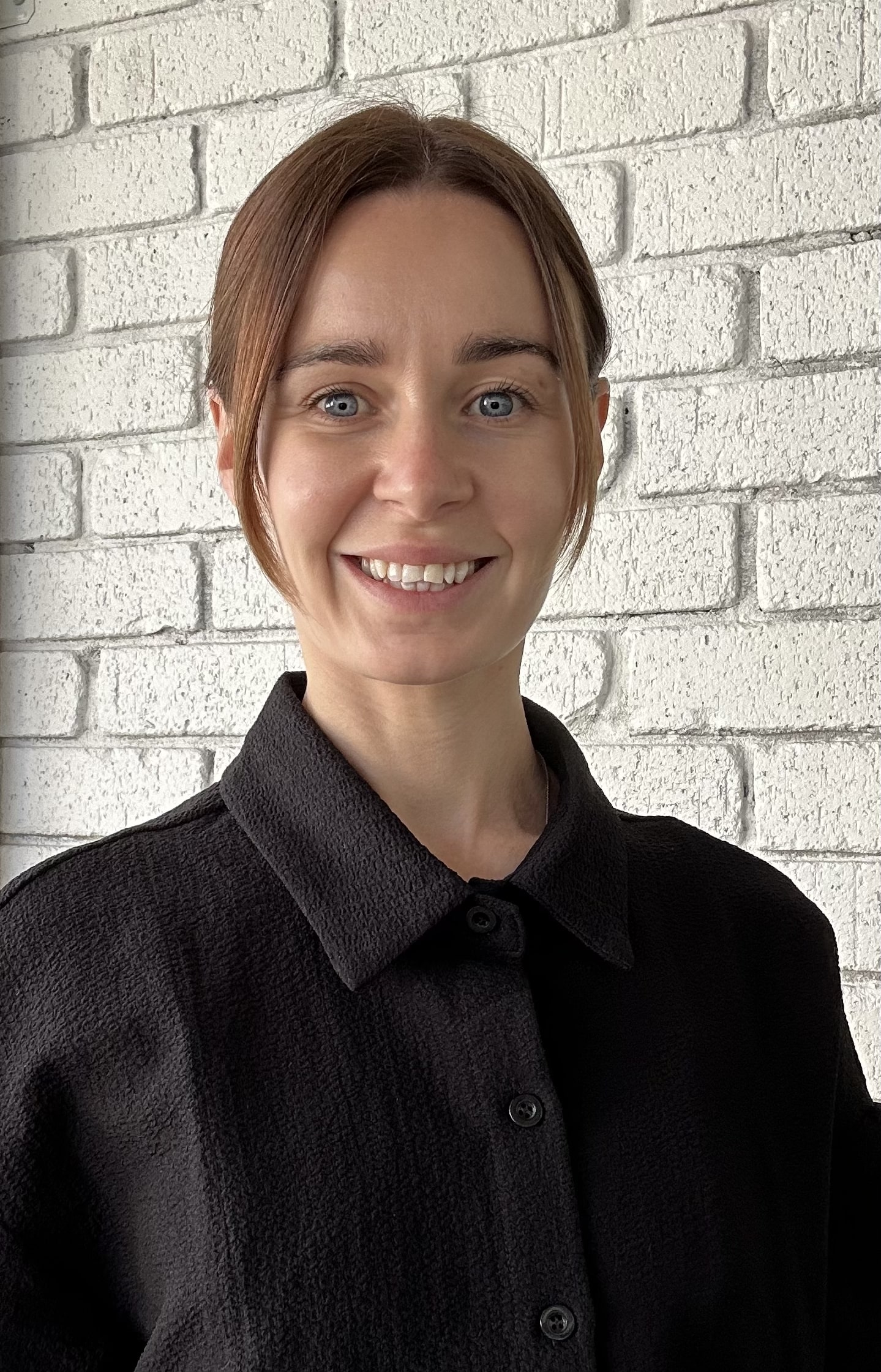
Author
Robyn Oliver
Published
October 2025


Learn what’s taught in Year 6 maths across the subjects of number, algebra, ratio, geometry, measure, and statistics.

Author
Robyn Oliver
Published
October 2025

Learn what’s taught in Year 6 maths across the subjects of number, algebra, ratio, geometry, measure, and statistics.

Author
Robyn Oliver
Published
October 2025


Key takeaways
Table of contents
Year 6 is the last year of primary education in Australia. This means for many students it’s the last opportunity to build a deep foundation of understanding, before moving to high school education, where the curriculum becomes more complex. The expectation of a high school student is higher than that of a primary student, and along with these higher expectations, new subjects such as Chemistry, Physics, and Economics all require a solid understanding of mathematical concepts and rules. As your child prepares for high school, the content can feel heavier. This is where some children start to worry or become disheartened if they are not receiving the results they desire. By offering your child the chance to practice their skills on the Doodle maths app, you can support your child in developing their mathematical confidence, independence, and resilience. The maths practice app can be used online or offline! Perfect for on-the-go families or for those long sibling waits during sports practice!
During their Year 6 maths lessons, students will be exploring:
Unlock unlimited maths questions
Put your skills to the test with fun exercises + maths games that are proven to boost ability!
Eg., 8/10 = 0.8 = 80%
DoodleMaths is an award-winning maths app that’s aligned to the Year 7 maths curriculum and proven to double a child’s rate of progression with just 10 minutes of use a day!
Filled with fun, interactive questions covering the whole curriculum, it creates each child a unique work programme tailored to their needs, boosting their confidence and skills in maths. Try it for free today!
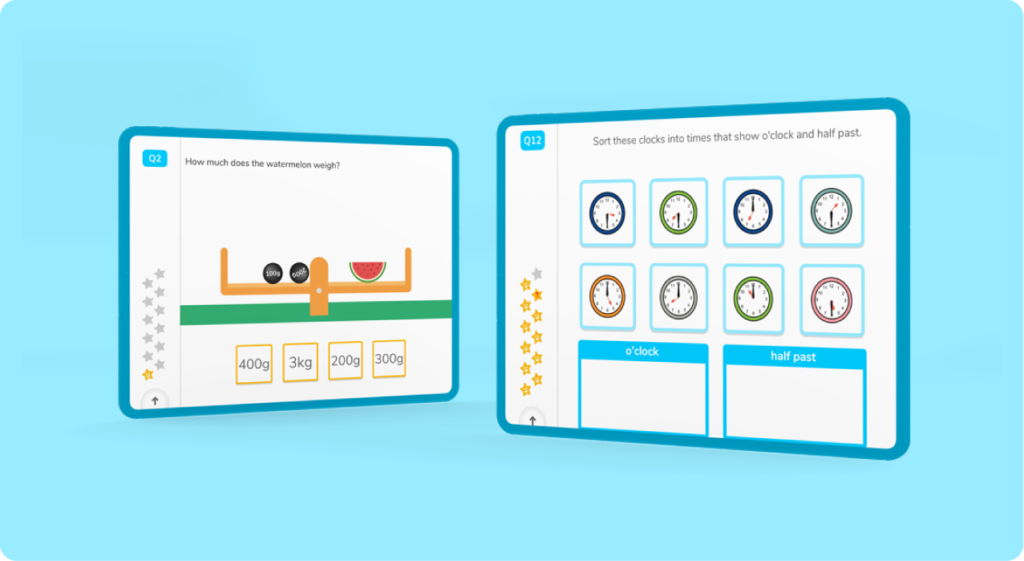
E.g., Solve the equation: 9 × (7−2) + 5 = 50
Brackers must be solved first (5), then the multiplication 9 x 5 = 45 + 5 =
The rule: brackets (8−2=6) first, then multiplication (5×6=30), and finally addition (30+1).
Maths for Year 6 students can feel like hard work! But the maths skills your child develops this year are incredibly important! Successfully conquering the Australian Curriculum maths year 6 content will build their confidence and resilience skills, which are transferable to all areas of the curriculum and skills that will, in turn, make the transition to high school smoother! Setting them up for long-term academic success.
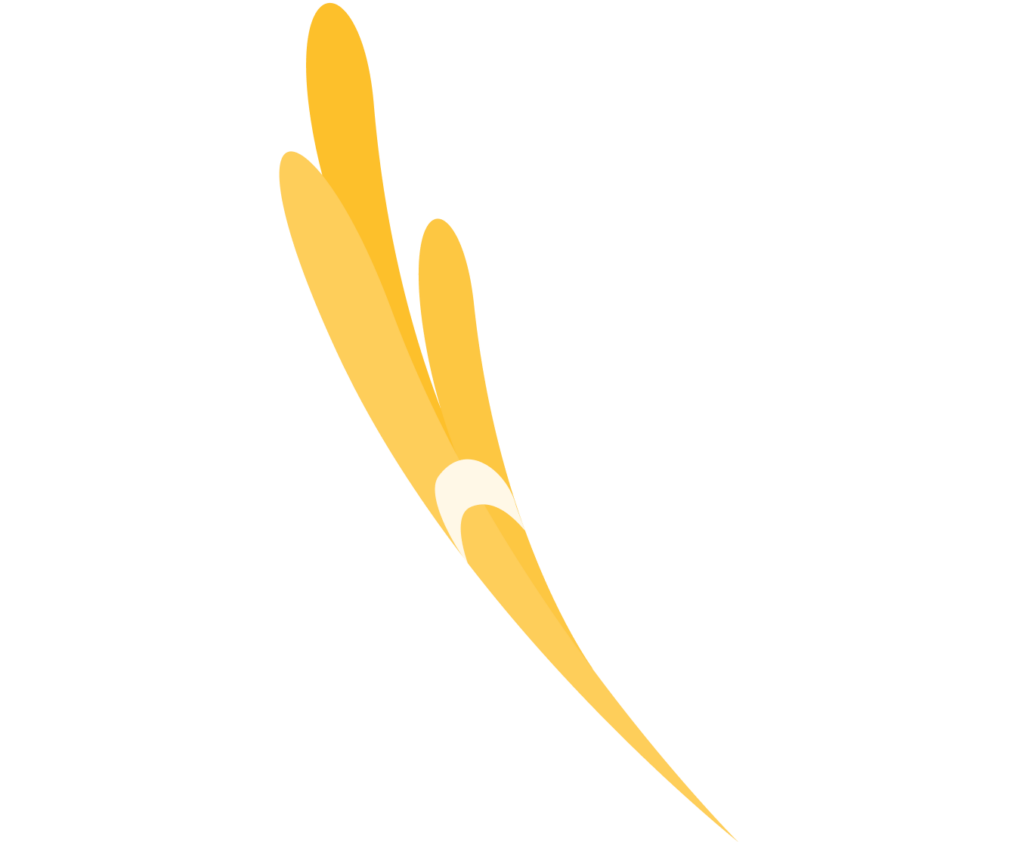
Parents, sign up for a DoodleMaths subscription and see your child become a maths wizard!
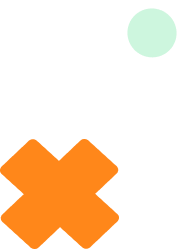
Lesson credits
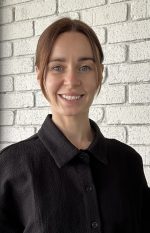
Robyn Oliver
Robyn is a teacher, educational content creator, and mum to three. After completing a Bachelor of Childhood Studies and a Postgraduate Certificate in Early Childhood Education, she moved to Perth, WA, and has spent her career working in a range of early childhood services and schools. These days, she mixes relief teaching in local schools with creating practical, engaging resources and mentoring early childhood services. Her work is driven by a genuine passion for supporting children to grow and learn, and helping educators feel confident and inspired in what they do.

Robyn Oliver
Robyn is a teacher, educational content creator, and mum to three. After completing a Bachelor of Childhood Studies and a Postgraduate Certificate in Early Childhood Education, she moved to Perth, WA, and has spent her career working in a range of early childhood services and schools. These days, she mixes relief teaching in local schools with creating practical, engaging resources and mentoring early childhood services. Her work is driven by a genuine passion for supporting children to grow and learn, and helping educators feel confident and inspired in what they do.
Book a chat with our team
If you’d like to use Doodle’s browser version, please visit this page on a desktop.
To log in to Doodle on this device, you can do so through our apps. You can find out how to download them here: